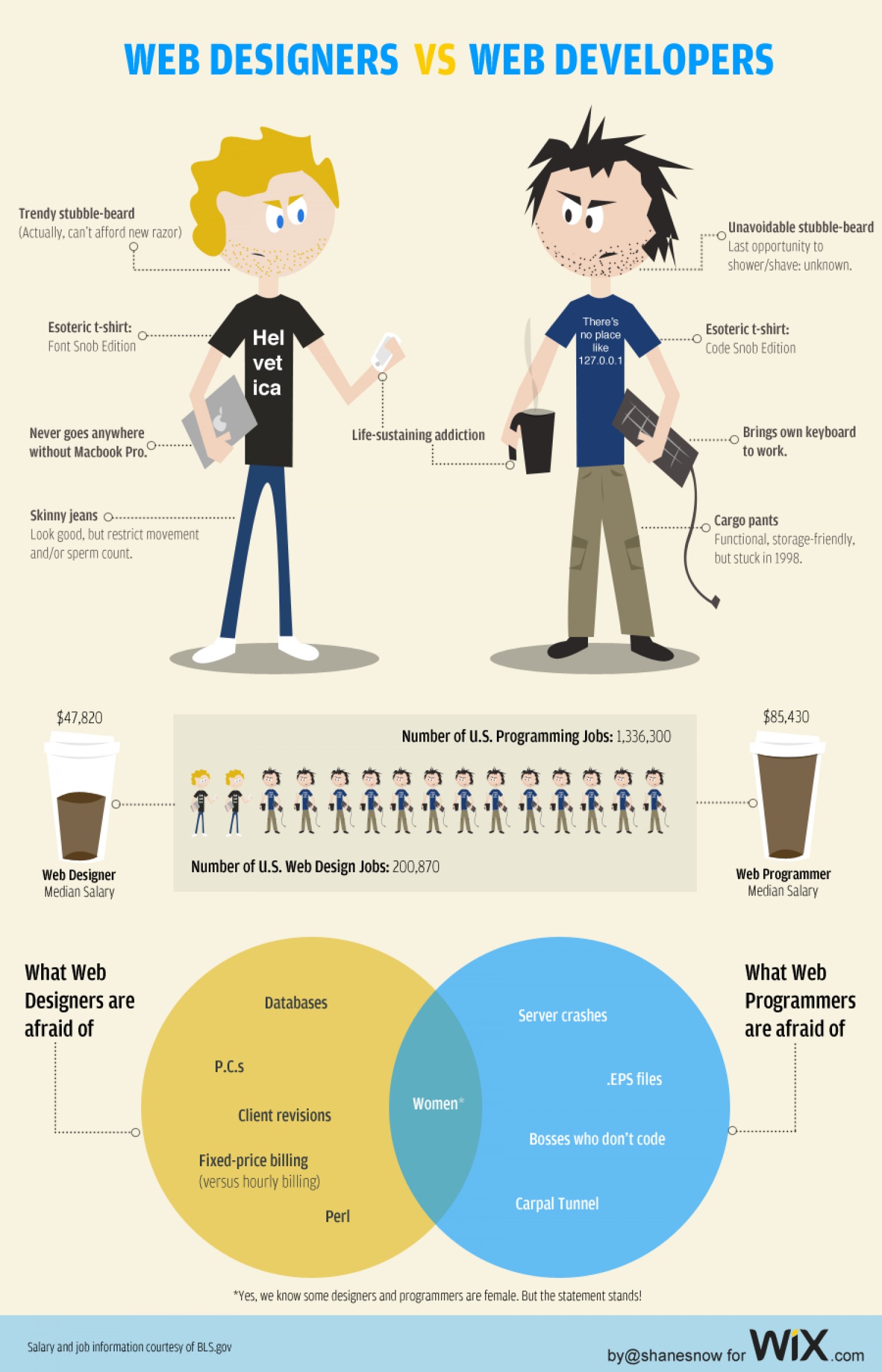CSS3 Animations: The Total Guide with Examples

CSS3 animations have changed distinguishly website design by allowing developers to create dynamic, engaging, and interactive consumer
experiences without relying greatly on JavaScript or perhaps third-party libraries. By smooth transitions to be able to eye-catching
effects, CSS3 animations are becoming the essential tool intended for modern web advancement.
Within this comprehensive guidebook, we’ll dive deep into CSS3 animation, exploring how they will work, the important thing components involved,
and practical examples to bring the web projects to life.
What Are CSS3 Animations?
CSS3 animated graphics allow elements on a webpage to transition in one design to another more than a specified duration. They’re
achieved using keyframes, which define typically the intermediate steps between the starting and closing styles of a great element.
CSS3 animated graphics provide:
Smooth Interactivity: Engage users using visually pleasing outcomes.
Performance Benefits: Useful animations that influence the browser’s making engine.
Simplicity of use: Not any JavaScript required for basic animations.
Varieties of CSS3 Animations
CSS3 animated graphics can be generally categorized into two sorts:
1. Transitions
Transitions allow you to change CSS attributes smoothly over a specified duration. They’re often triggered by user
interactions like hanging or clicking.
two. Keyframe Animations
Keyframe animations provide a lot more control, allowing a variety of stages and designs over the animation series. web designer, web developer are defined using the @keyframes rule.
Exactly how CSS3 Animations Function
CSS3 animations rely on two key parts:
1. The @keyframes Rule
The @keyframes rule defines typically the intermediate steps of your animation. You can specify styles for specific points inside the
animation collection using percentages or keywords like through and to.
only two. Animation Properties
CSS provides several attributes to manage animations, such as their duration, timing, iteration count number, and more.

Key element Properties of CSS3 Animations
1. animation-name
Defines the name of the @keyframes animation to apply.
3. animation-timing-function
Settings the pacing regarding the animation. Standard values include:
5. animation-delay
Adds the delay prior to the animation begins.
6. animation-direction
Specifies whether or not the movement should play inside reverse or different directions. Values include:
7. animation-fill-mode
Specifies the styles used before and following the animation.
Generating CSS3 Animations using Examples
1. Standard Fade-In Cartoon
This kind of animation gradually tends to make the text obvious over two just a few seconds.
2. Bounce Cartoon
This creates some sort of bouncing effect by simply shifting the element vertically.
3. Turn Computer animation
This animation rotates the component continuously.
4. Coloring Changing Background
This specific provides an impressive seamless coloring transition effect.
five. Slide-In from typically the Left
This animation slides the element into view coming from the left.
Tips for Effective CSS3 Animations
Keep It Quick: Overloading your web-site with animations may overwhelm users. Use them sparingly for impact.
Optimize Functionality: Use transform and even opacity properties regarding smoother animations because they are GPU-accelerated.
Test Throughout Devices: Ensure animation work well about mobile, tablets, in addition to desktops.
Consider Accessibility: Provide alternatives or allow users to be able to disable animations in case needed.
Browser Assistance for CSS3 Animations
CSS3 animations usually are supported by all modern browsers, including Chromed, Firefox, Safari, in addition to Edge. For elderly browsers,
consider fallbacks or gracefully deteriorating the animation knowledge.
Advanced Techniques using CSS3 Animations
1. Combining Multiple Animated graphics
You are able to apply multiple animations to a new single element making use of a comma-separated checklist.
2. Animation Short
Instead of creating individual properties, use the shorthand cartoon property:
3. Activating Animations with WEB PAGE Classes
Use JavaScript to add or remove CSS lessons dynamically, triggering animated graphics only when required.
CSS3 Animations compared to. JavaScript Animations
If to Use CSS3 Animations
Simple changes or effects (e. g., hover animations).
Scenarios where functionality and simplicity are really priorities.
When should you Make use of JavaScript Animated graphics
Organic animations with end user interactions.
Animations that require runtime management or logic.
Summary
CSS3 animations certainly are a game-changer in website design, offering endless opportunities to enhance end user experiences. By
learning properties like @keyframes, animation-duration, and animation-timing-function, you could create how it looks
stunning effects without having relying heavily upon external libraries.
Whether you’re a starter or perhaps a seasoned programmer, CSS3 animations allow you to transform static web web pages directly into
engaging, online platforms that captivate your audience.
Right now, it’s time to be able to experiment and deliver your web assignments to life together with the power of CSS3 animations!
